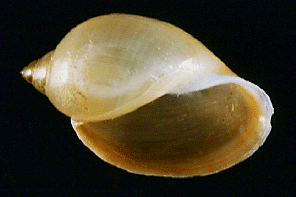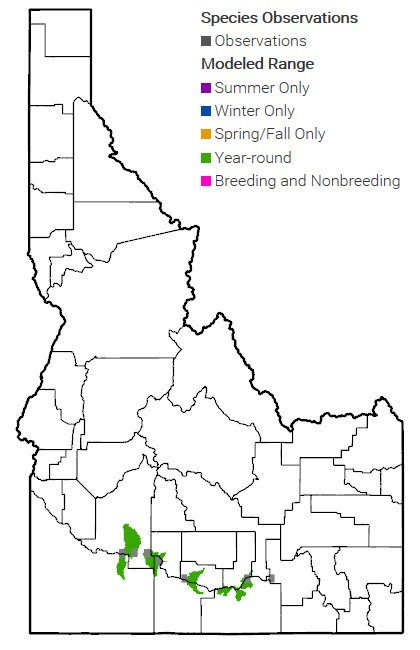ESA Status: Endangered
The endemic Snake River physa snail (Haitia (Physa) natricina) has been found along the Snake River between the Minidoka Dam and Ontario, Oregon with the highest abundances and densities several miles downstream of the dam. The last time a living specimen was collected outside the Minidoka reach was in 2002. The physa prefers gravel to boulder-sized substrate in deep, swift water that stays permanently submerged. It was listed as Endangered on the Endangered Species List (ESA) in 1992 and has not changed its status since then. In 1995, a Recovery Plan was established for the five ESA listed Snake River snails at the time: Banbury Springs limpet, Bliss Rapids snail, Idaho springsnail, Snake River physa, and Utah valvata snail.
Ongoing threats to the Snake River physa include operations of existing dams, water quality degradation, climate change, pollution control regulations, and a lack of State invertebrate species regulations. In addition to these threats, the most recent Five-Year Status Review, completed in 2018, identified the emerging and increasing threat of the Snake River physa’s small population compounded with habitat fragmentation and loss of connectivity. The physa depends on river flow for population dispersal, so dams and diversions directly impact the current and future Snake River physa population.
Staff Contact:
More Information:
Species Profile for Snake River Physa Snail – U.S. Fish & Wildlife Service

Photo Credit: U.S. Fish & Wildlife Service

Map Credit: Idaho Department of Fish and Game
 Official Government Website
Official Government Website